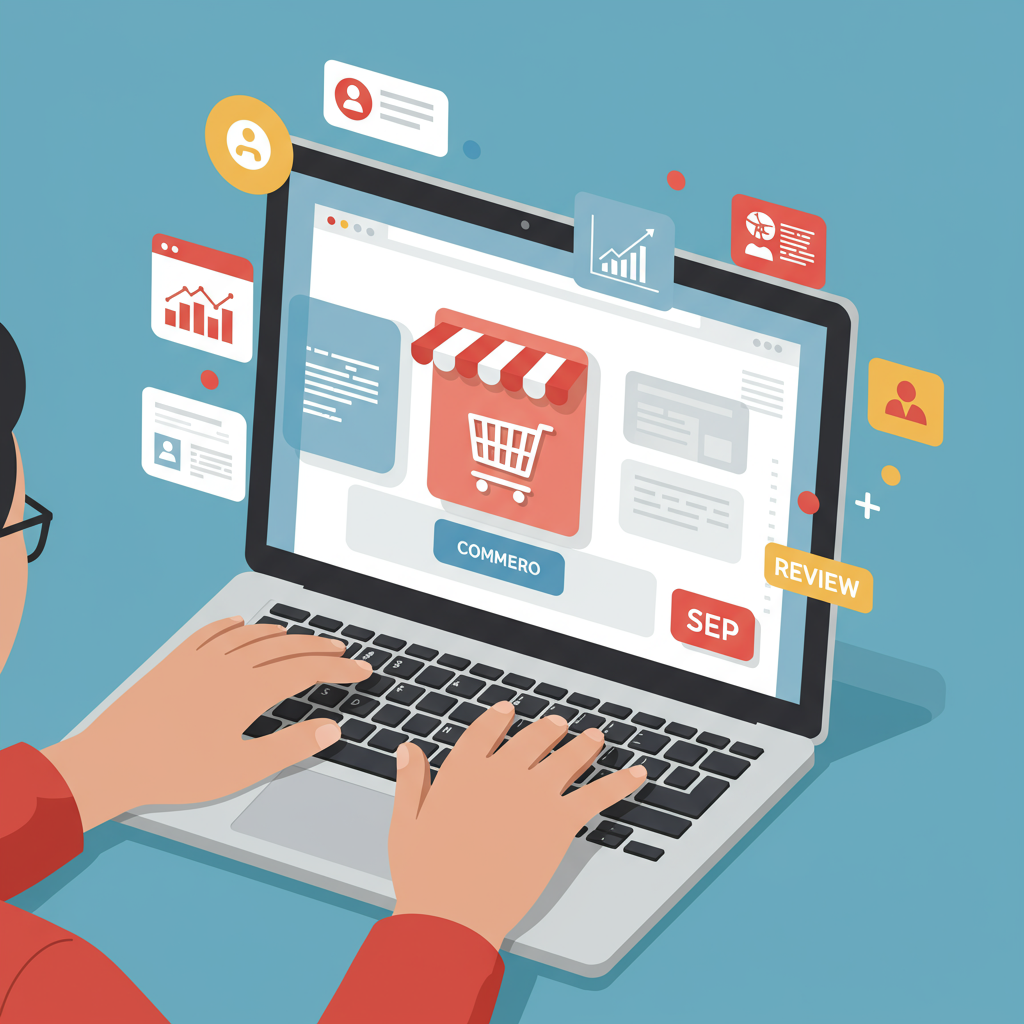Unlocking Your Store’s Potential: Practical Strategies I’ve Learned for Early Success
Hello fellow entrepreneurs! I remember the excitement, and perhaps a little overwhelm, when I first launched my Shopify store. It’s a fantastic platform, but getting noticed and making those initial sales can feel like climbing a mountain.
That’s why I wanted to share some of the growth hacks and strategies I’ve learned that can truly make a difference for new Shopify sellers like you. These aren’t magic bullets, but consistent application of these principles will set you on the path to success.
My first piece of advice, and one I can’t stress enough, is to truly understand your niche. Don’t just sell products; solve problems or fulfill desires for a specific group of people.
Before you even think about marketing, validate your product idea. Are people searching for it? Is there a demand? Tools like Google Trends or even just browsing competitor reviews can offer valuable insights.
Once your niche is clear, focus on your store’s foundation. Your Shopify theme isn’t just about aesthetics; it’s about user experience. Choose a clean, mobile-responsive theme that reflects your brand’s personality.
High-quality product photography is non-negotiable. I’ve seen countless stores fail because their images were blurry, poorly lit, or inconsistent. Invest in good lighting, a clean background, and multiple angles.
Beyond just showing the product, your images should tell a story. Show the product in use, highlight its benefits, and make it aspirational. This is where customers connect emotionally.
Equally important are your product descriptions. Don’t just list features; explain the benefits. How will this product improve your customer’s life? Use compelling language and address potential pain points.
Think about SEO from day one. Optimize your product titles, descriptions, and meta descriptions with relevant keywords. This helps Google understand what you sell and show your store to the right people.
I always recommend setting up basic Google Analytics and Google Search Console. These free tools provide invaluable data on who visits your site, how they found you, and what they do once they’re there.
Email marketing is one of the most powerful tools in your arsenal, even for new sellers. Start building your email list from day one with pop-ups or embedded forms offering a discount or exclusive content.
Set up an automated welcome series for new subscribers. This is your chance to introduce your brand, share your story, and offer a first-time purchase incentive.
Crucially, implement an abandoned cart recovery sequence. A significant percentage of shoppers leave items in their cart. A series of polite, well-timed emails can bring many of them back to complete their purchase.
Social media isn’t just for posting pretty pictures. Choose one or two platforms where your target audience spends the most time and focus your efforts there. Consistency is key.
Engage with your audience. Respond to comments, ask questions, and run polls. Build a community around your brand, not just a follower count.
Consider running small, targeted social media ad campaigns. Even a modest budget can yield results if your targeting is precise and your ad creative is compelling.
Customer service can be a huge differentiator. Respond promptly to inquiries, be empathetic, and go the extra mile. Happy customers become repeat customers and brand advocates.
Encourage reviews! Social proof is incredibly powerful. Send automated follow-up emails after a purchase asking for a review. Display them prominently on your product pages.
Think about upselling and cross-selling. Shopify apps can help with this, suggesting complementary products at checkout or on product pages. ‘Customers who bought this also bought…’ is a classic for a reason.
Leverage Shopify apps wisely. The app store is vast, but focus on apps that genuinely solve a problem or enhance the customer experience, like review apps, loyalty programs, or shipping calculators.
Don’t get overwhelmed by too many apps; they can slow down your store. Start with the essentials and add more as your needs evolve.
Analyze your data regularly. Which products are selling best? Where are customers dropping off? Use these insights to refine your marketing, product offerings, and website.
Clearly communicate your shipping policies, return policies, and privacy policy. Transparency builds trust and reduces customer service inquiries.
Offer multiple payment options. The more convenient you make it for customers to pay, the less likely they are to abandon their cart.
Finally, and perhaps most importantly, be patient and persistent. Building a successful Shopify store takes time, effort, and continuous learning. Don’t get discouraged by initial slow sales.
Keep testing new strategies, analyzing your results, and adapting. The e-commerce landscape is always evolving, and so should your approach.
What do you think about this article? I’d love to hear your thoughts and any strategies you’ve found particularly effective in your own Shopify journey.
Remember, every successful store started somewhere. With dedication and the right strategies, your Shopify dream can become a reality.






